BIOL-1106-001 W-2020 Assignment 2: Mining Groundwater Pollution
VerifiedAdded on 2022/08/27
|6
|1361
|25
Homework Assignment
AI Summary
This assignment delves into the critical issue of groundwater pollution stemming from mining practices in Canada. It begins by outlining the major environmental impacts, emphasizing the contamination of freshwater resources and the discharge of effluents. The analysis then identifies the regions most affected, highlighting Manitoba's vulnerability due to its mining activities, specifically the extraction of nickel, cobalt, and gold, which contribute to acid mine drainage and heavy metal pollution. The assignment further explores the challenges in making mining more sustainable, acknowledging the environmental risks associated with various processes like sedimentation and water body disturbances. Despite improvements, the assignment questions the commitment of miners to environmental protection and the economic importance of mining to Canada. Finally, the assignment examines the efforts towards sustainability, including the "Canada Brand" initiative, and explores alternative mining methods to reduce pollution and protect the environment, aligning with the e3 Plus agreement for environmental excellence.
1 out of 6
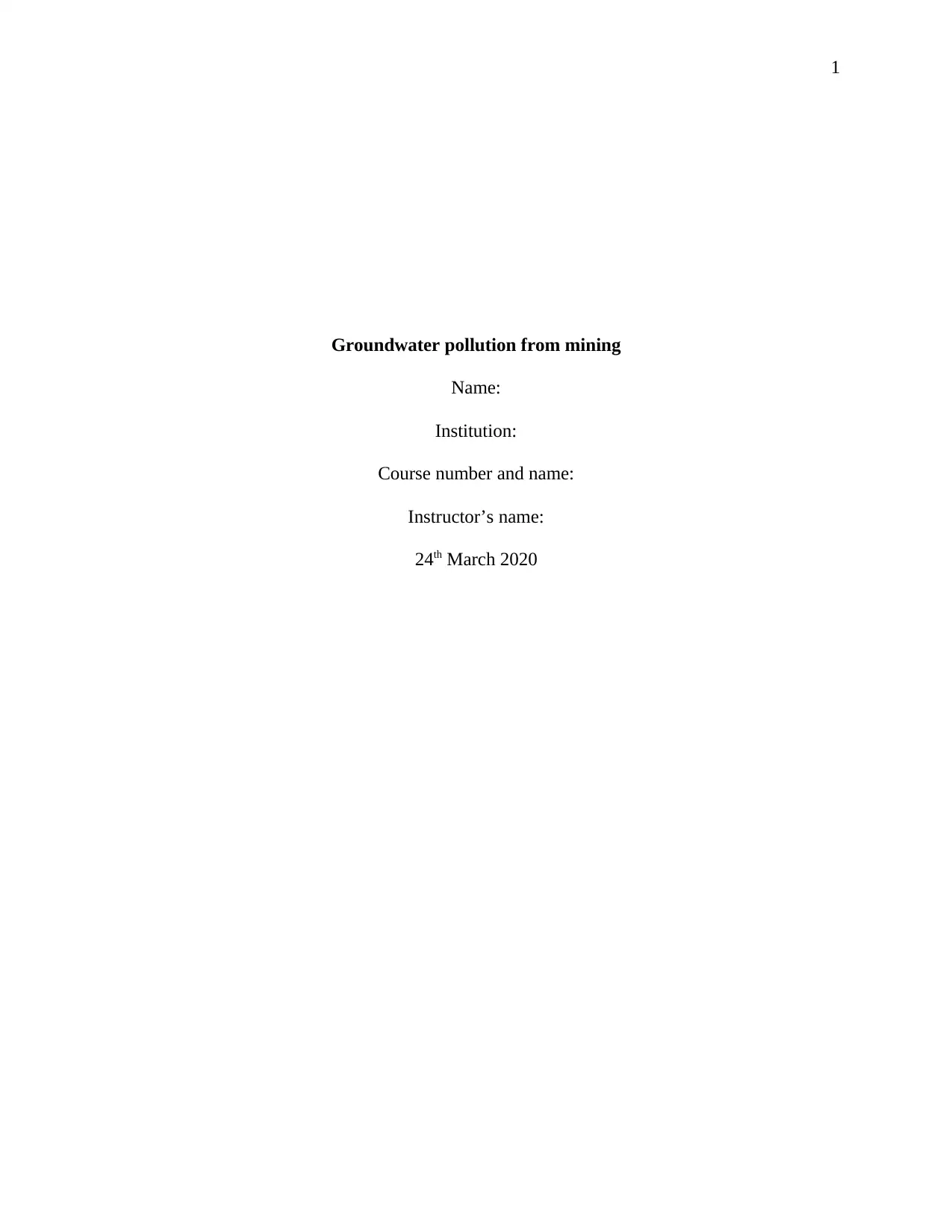
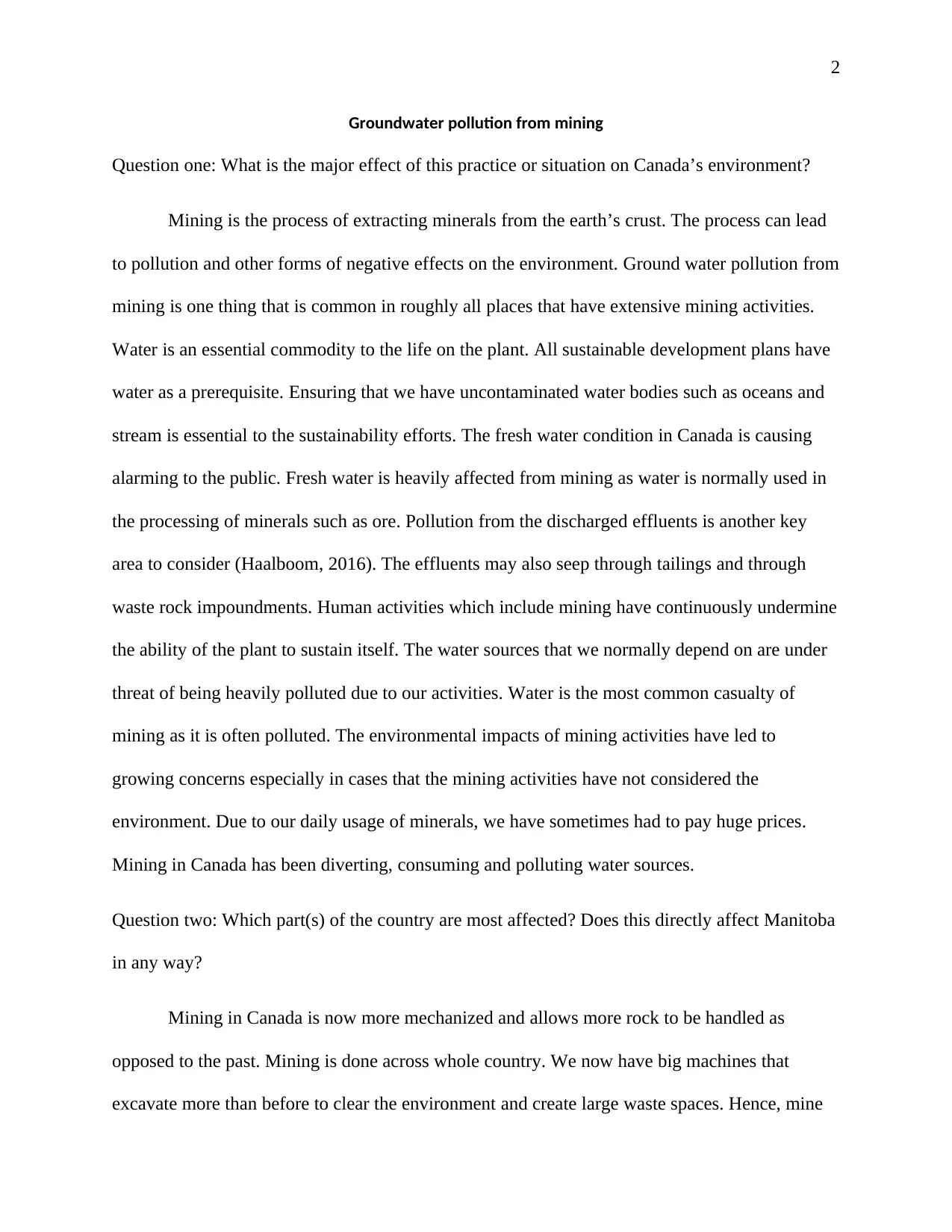
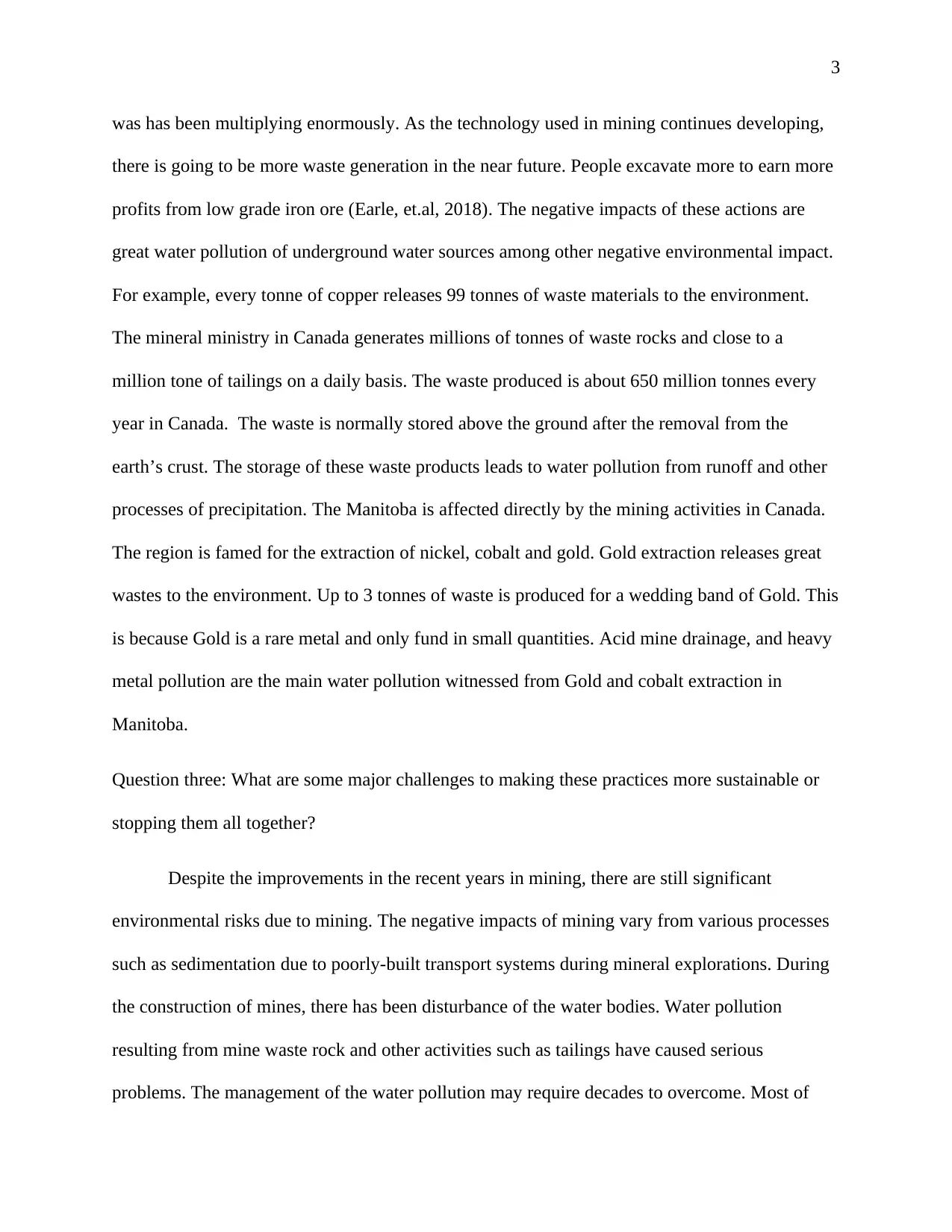
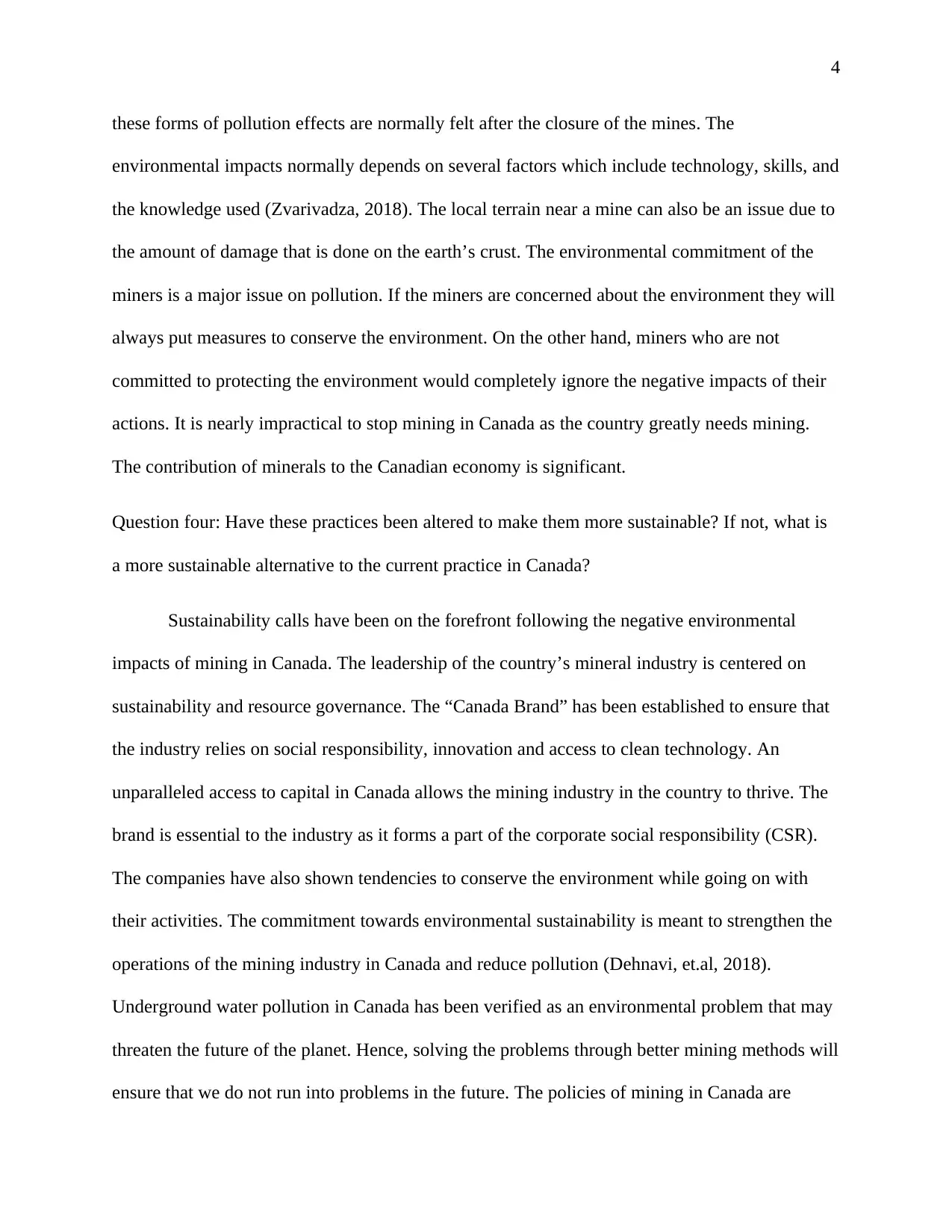
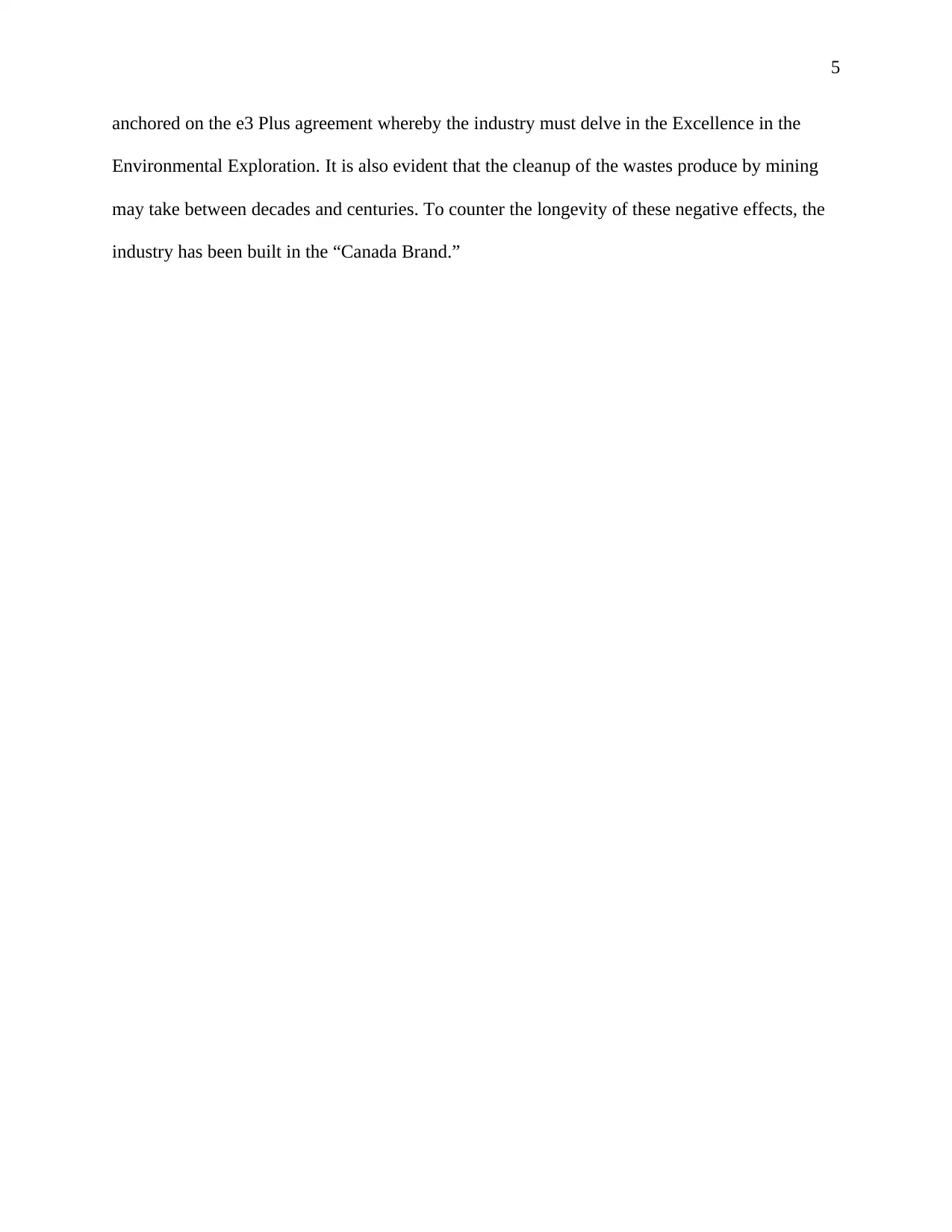
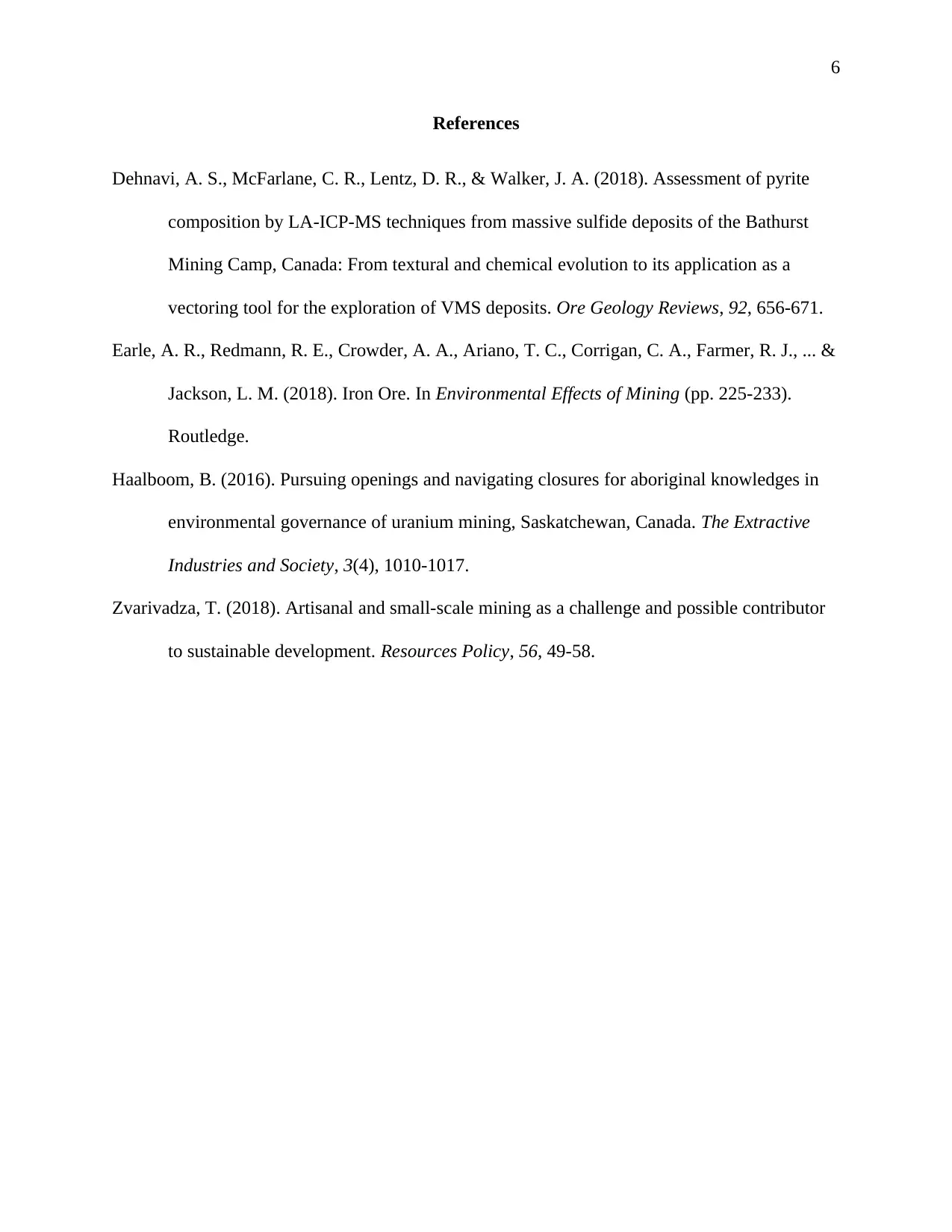





![[object Object]](/_next/static/media/star-bottom.7253800d.svg)